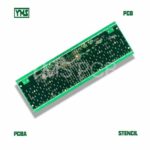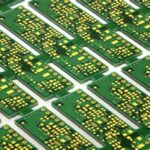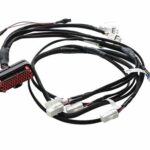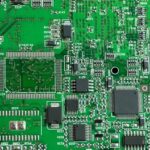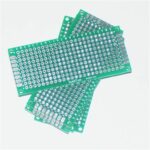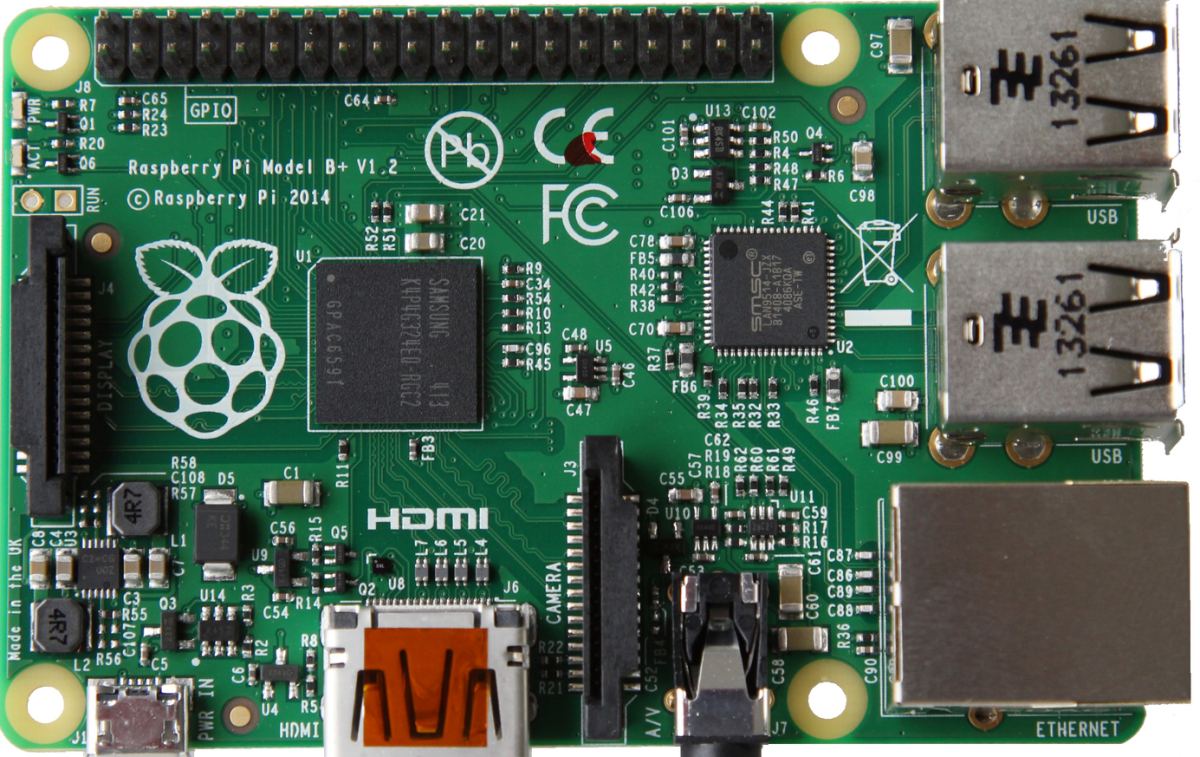
PCB
-
Is Raspberry Pi PCB Open Source?
Posted by
–
 Read more: Is Raspberry Pi PCB Open Source?
Read more: Is Raspberry Pi PCB Open Source?The Raspberry Pi family of small single board computers have found huge popularity among hobbyists and tinkerers thanks to their low cost, open ecosystem and massive software support. But are the Pi hardware designs similarly open? We will examine how much of the Pi platform design details including PCB layouts, … Read more
-
Why Are Some PCBs Red?
Posted by
–
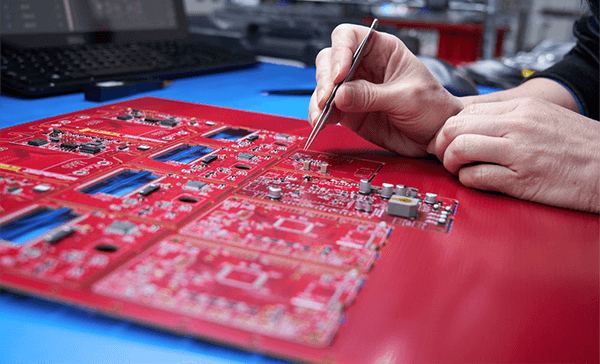 Read more: Why Are Some PCBs Red?
Read more: Why Are Some PCBs Red?It’s very common to see green colored printed circuit boards (PCBs) in all types of electronic products these days. However, occasionally one may come across circuit boards with a bright red hue instead. This often leads people to wonder what reasons explain the use of red colored PCB substrates. In … Read more
-
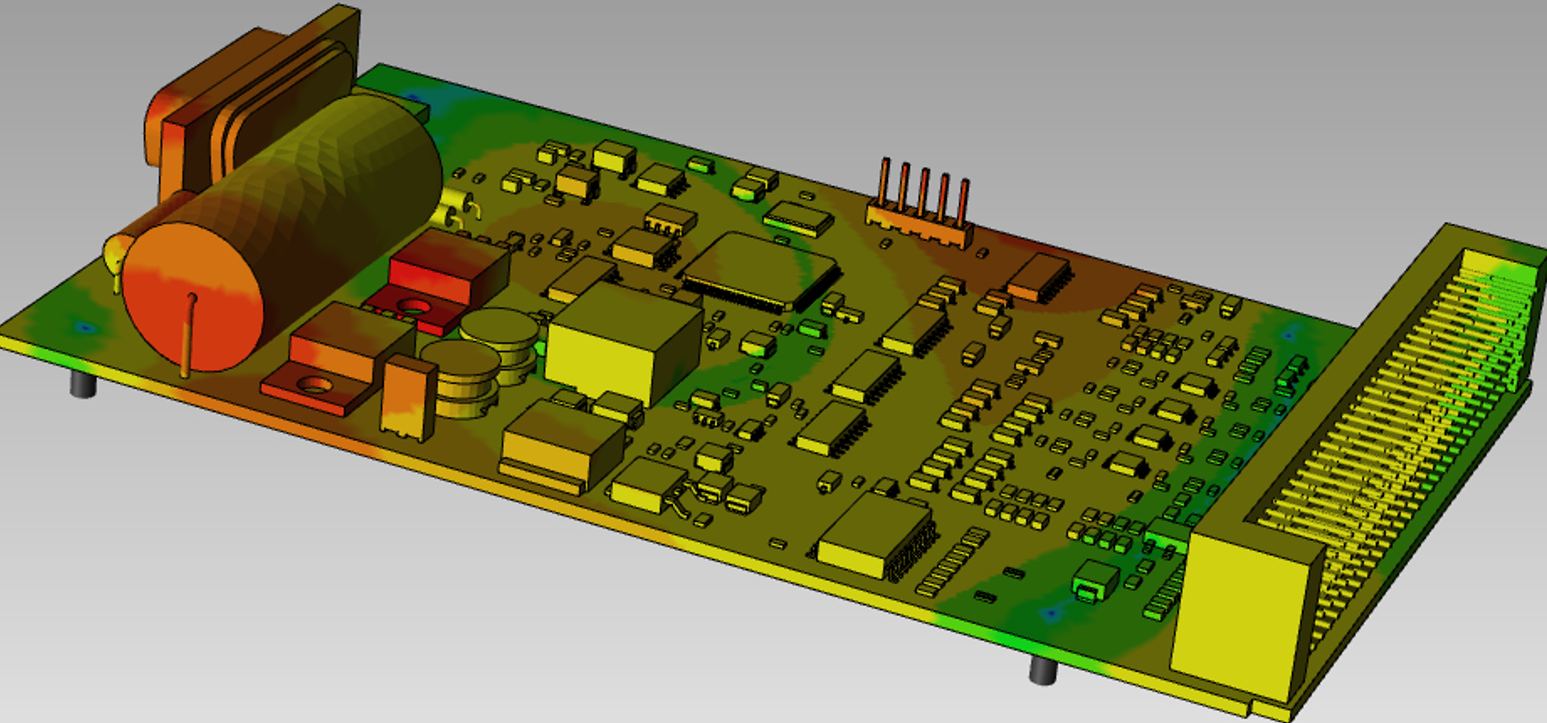 Read more: Top 10 Test Analysis Methods to Ensure PCB Reliability
Read more: Top 10 Test Analysis Methods to Ensure PCB ReliabilityEnsuring the reliability of printed circuit boards over their target operating lifetimes demands rigorous test and analysis validation covering parameters like: By exposing PCB system prototypes to a battery of characterized stress tests modeled on deployment conditions and collecting detailed performance data for review, engineers can reliably predict, improve and … Read more
-
What is a Relay on a PCB?
Posted by
–
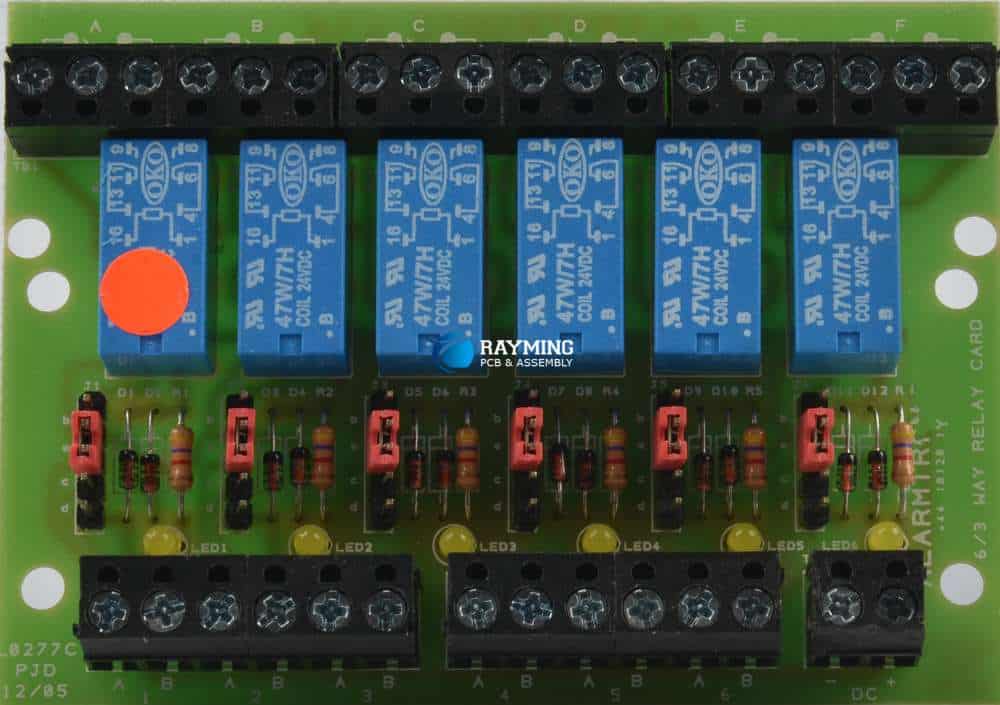 Read more: What is a Relay on a PCB?
Read more: What is a Relay on a PCB?A relay is an electromechanical device that is used on a printed circuit board (PCB) to control one electrical circuit by opening and closing contacts in another circuit. Relays have a number of important applications in electronics where they act as electrically operated switches for controlling high power devices safely … Read more
-
Top 10 RF PCB Manufacturers in the World in 2024
Posted by
–
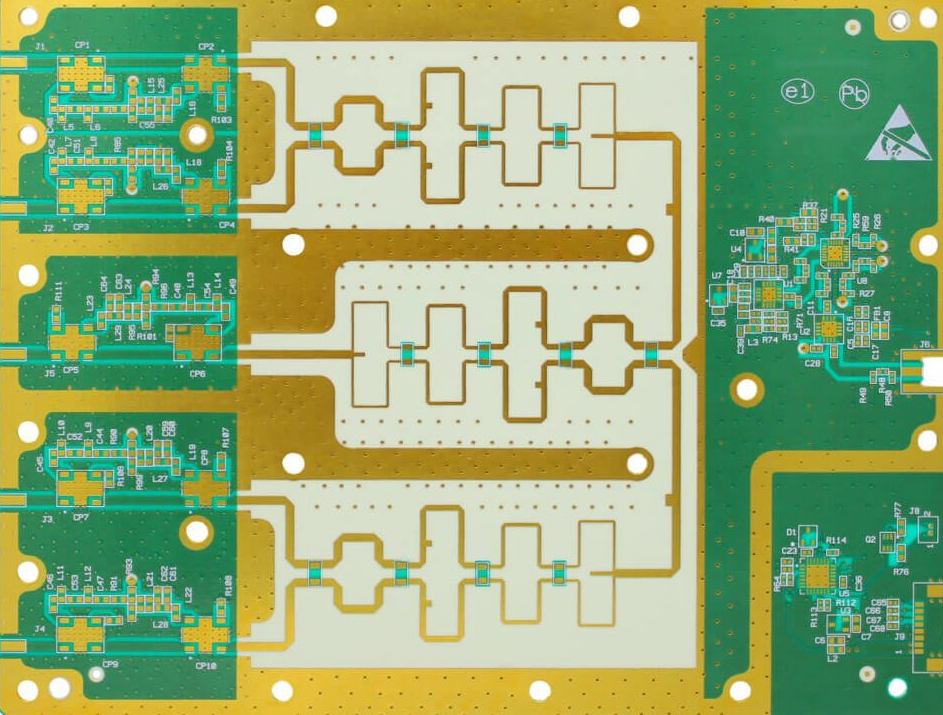 Read more: Top 10 RF PCB Manufacturers in the World in 2024
Read more: Top 10 RF PCB Manufacturers in the World in 2024Printed circuit boards (PCBs) that operate at radio frequencies (RF) are essential components in various electronic devices that need to receive and transmit signals wirelessly. RF PCBs are used in products like smartphones, tablets, WiFi routers, base stations, satellites, defense and aerospace systems, automobiles, IoT devices and more. As wireless … Read more
-
What is Right Angle PCB ?
Posted by
–
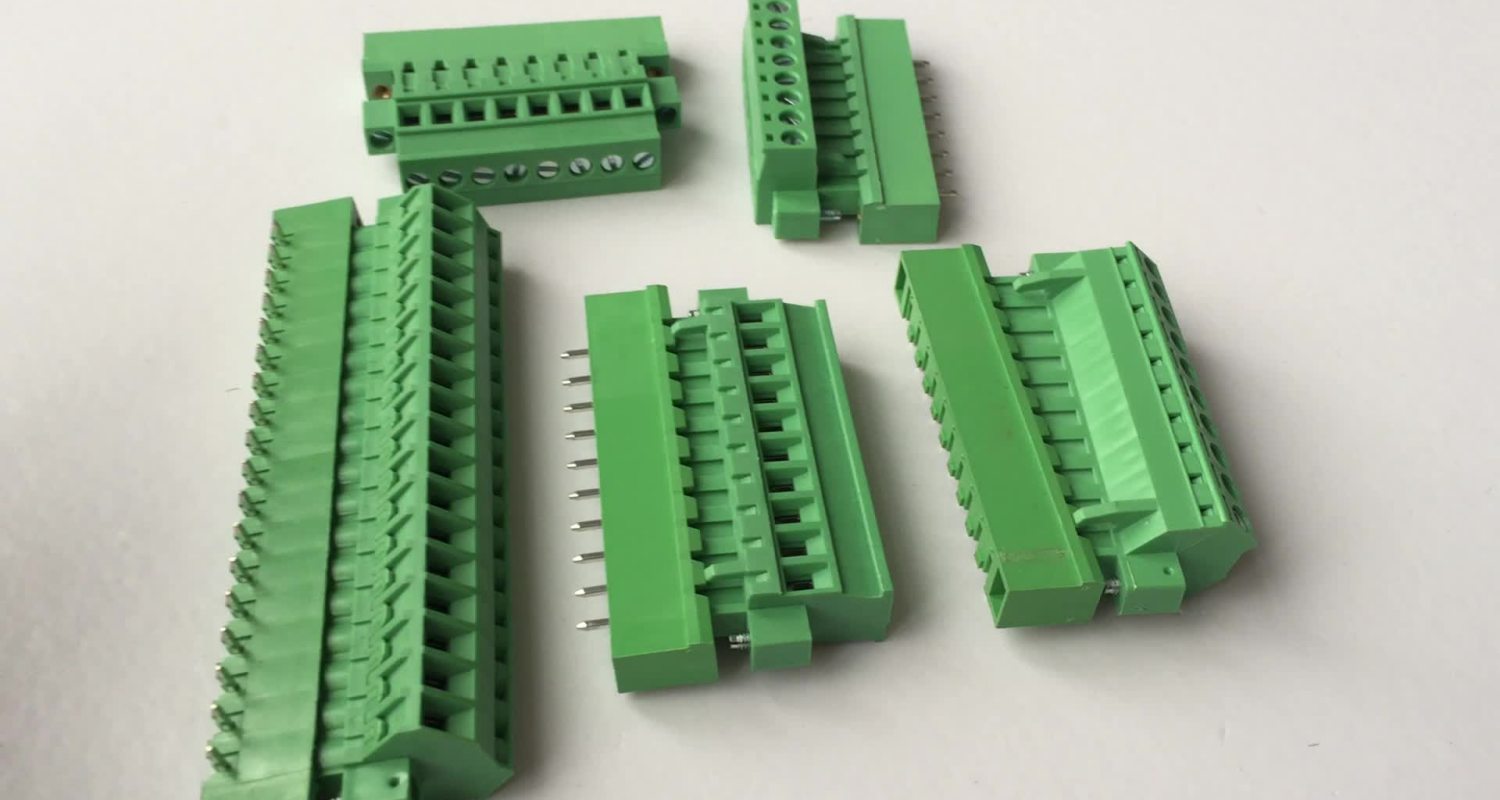 Read more: What is Right Angle PCB ?
Read more: What is Right Angle PCB ?A right angle PCB right angle pcb allows mounting daughter cards and mezzanine modules perpendicular relative to a main printed circuit board (PCB) such as server motherboard or a backplane using special right-angled connectors. This arrangement saves space in crowded electronic enclosures by stacking boards vertically while retaining front access … Read more
-
How to Design Rogers PCB
Posted by
–
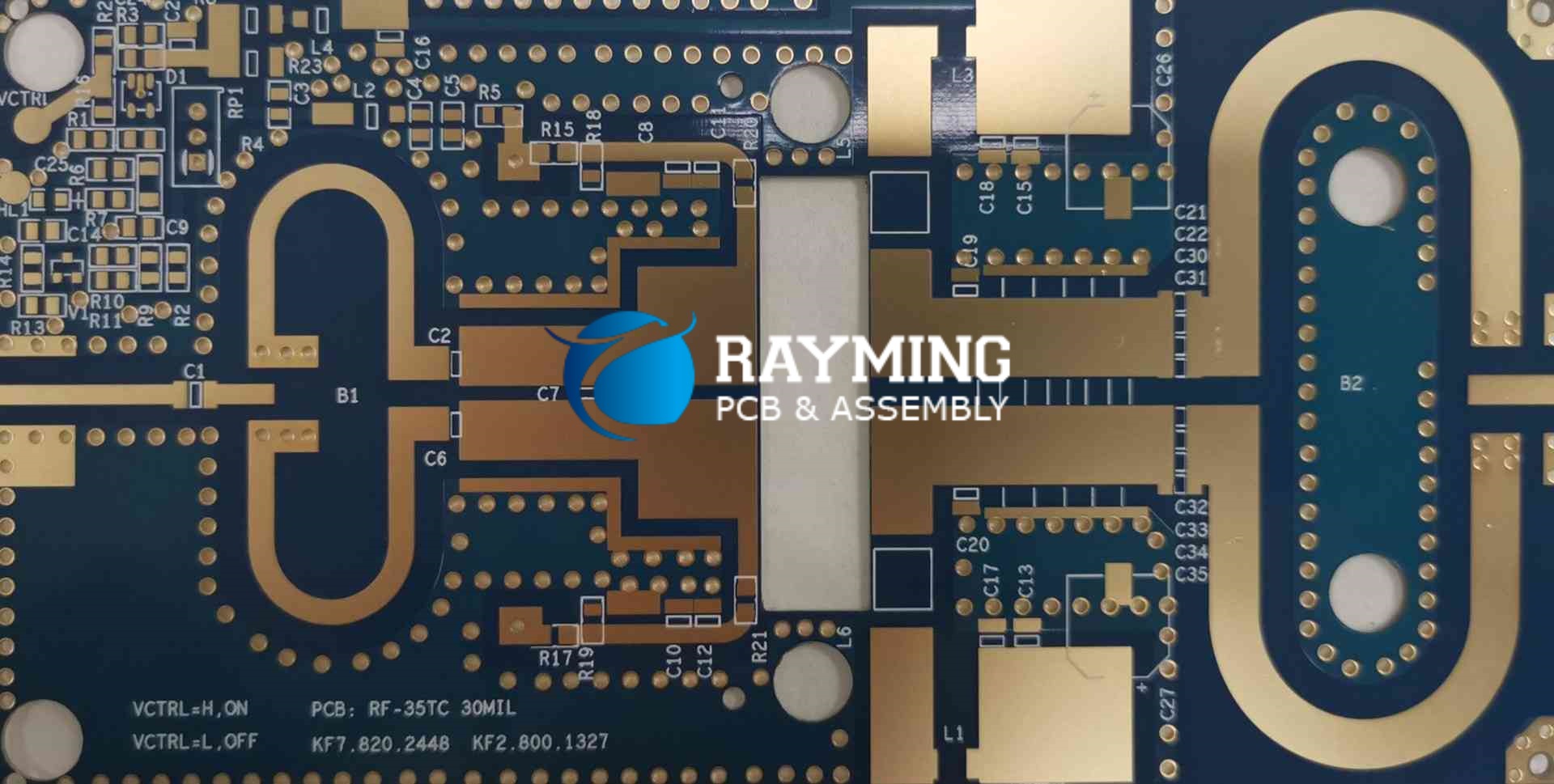 Read more: How to Design Rogers PCB
Read more: How to Design Rogers PCBRogers Corporation offers a range of high performance printed circuit board (PCB) materials engineered to meet the needs of radio frequency (RF), microwave and other specialized applications in aerospace, automotive radar, communications, defense and industrial segments. Proper selection of the Rogers laminates paired with suitable stackups, copper weights, etched trace … Read more
-
What is PCB used for
Posted by
–
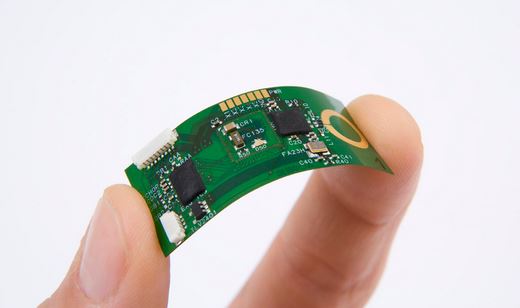 Read more: What is PCB used for
Read more: What is PCB used forA printed circuit board (PCB) is a thin board made of fiberglass, composite epoxy, or other durable insulating materials. PCBs serve as the base for etched copper pathways and provide mechanical support and electrical connections between electronic components using conductive pathways, traces, pads and junctions etched from copper sheets laminated … Read more
-
How to Make a Round PCB Board
Posted by
–
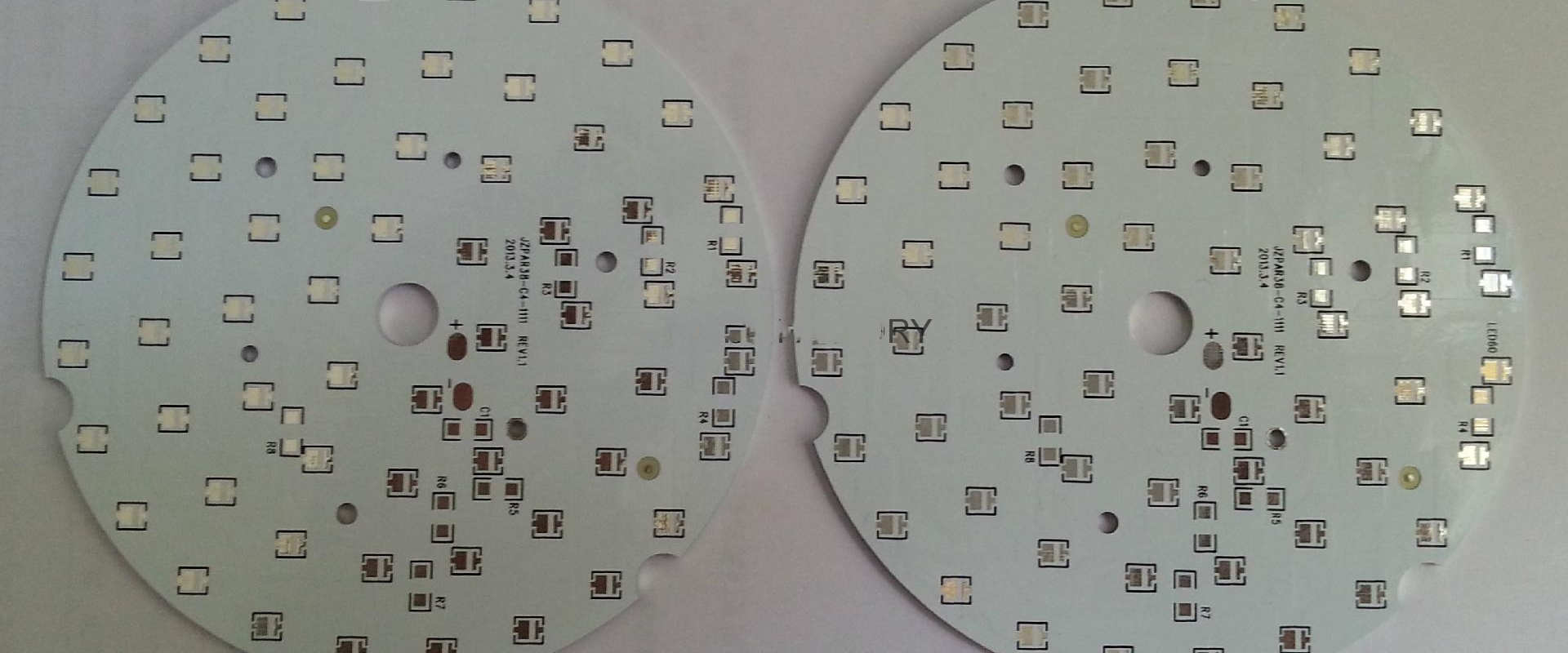 Read more: How to Make a Round PCB Board
Read more: How to Make a Round PCB BoardPrinted circuit boards (PCBs) form the foundation of practically all modern electronics systems today, from smartphones to fighter jets. While traditionally featuring a rectangular form factor, round shaped PCBs offer greater flexibility in an expanding range of devices where aesthetic, space savings or ergonomic needs call for non-rectilinear formats. This … Read more
-
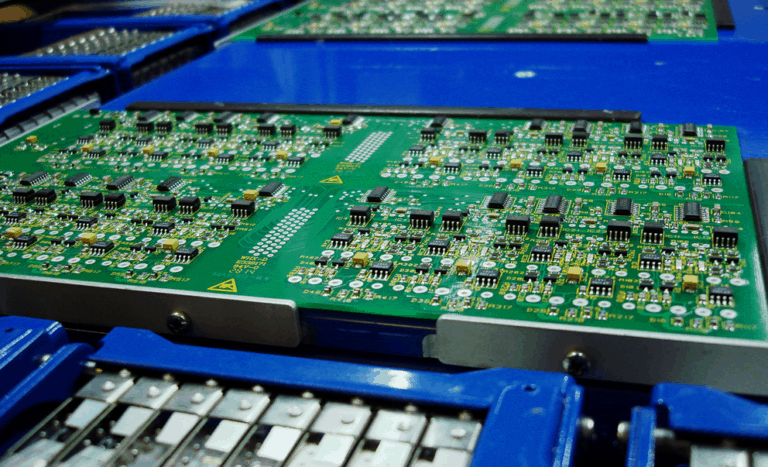 Read more: The Best PCB Maufacturing and Assembly Companiese in San Diego
Read more: The Best PCB Maufacturing and Assembly Companiese in San DiegoSan Diego serves as a major hub for electronics innovation and high tech manufacturing. Its temperate climate, educated workforce talent, and proximity to the California Institute for Telecommunications and Information Technology and other leading universities enable a thriving environment for printed circuit board (PCB) fabrication and assembly services to support … Read more
Recent Posts
- Understanding the PCB Burn-in Testing Process in PCB Manufacturing!
- Unlock the Potential of Embedded PCB Assemblies for Improving the Performance of Electronics Devices
- What are the Advantages of Custom Cable Assembly to meet your bespoke needs?
- What are the benefits and limitations of custom PCB boards?
- What are the benefits of Prototype PCB manufacturing and why is it important?
Categories
- 3D Guides 2,663
- Components 4
- Design 22
- Electronics 20
- PCB 125
- SMT 27
Tag Cloud
There’s no content to show here yet.
